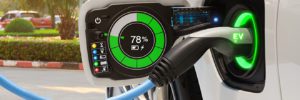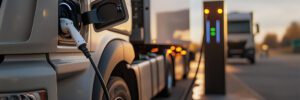California is taking steps to ensure that all new electric vehicles (EVs) sold in the state are equipped with bidirectional charging capability by 2027. SB 233, a bill currently making its way through the legislature, would also set state goals for bidirectional charging, increase funding for infrastructure, and promote interoperability testing.
The bill’s sponsor, State Senator Nancy Skinner (D-Berkeley), believes that EVs are “energy storage on wheels” and should not be wasted. With a 60 kWh EV battery, an average US household could have backup power for two to three days. This could be especially useful in California, where rolling blackouts are becoming more common.
By 2030, California’s cars will have 60,000 megawatts of stored energy in batteries. If just 10% of that could be returned to the grid, it could help prevent blackouts. Utility PG&E is preparing the grid for bidirectional charging, but warns that the state is not ready for widespread adoption yet.
Gregory Poilasne, CEO of bidirectional charging pioneer Nuvve, testified before the California Senate Energy, Utilities and Communications Committee in support of the proposed legislation. He believes that California should approach V2G with goals, incentives, and stakeholder collaboration. If passed, SB 233 could help transform mobile grid storage into gigawatts.
FAQ
Q1: Are electric car batteries recyclable?
A1: Yes, electric car batteries are recyclable.
Q2: Are electric car chargers free?
A2: It depends on the charger and the location. Some electric car chargers are free, while others may require a fee.
Q3: Can electric car batteries be rebuilt?
A3: Yes, electric car batteries can be rebuilt with the right tools and knowledge.









